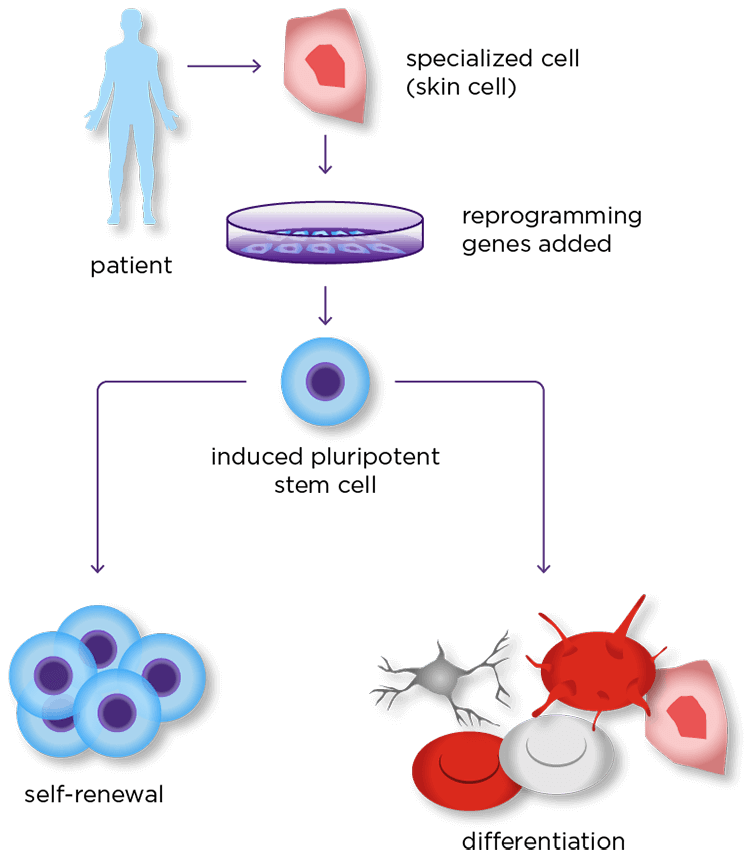
Hursh, Ph.Nuclear transfer and the cloning of animalsĭuring mammalian development, cells gradually lose potential and become progressively differentiated to fulfill the specialized functions of somatic tissues. Hursh 1ġDivision of Cellular and Gene Therapy, Office of Tissue and Advanced Therapies, Center for Biologics Evaluation and Research, United States Food and Drug Administration, Silver Spring, MD, 20993 USA, 2Division of Biotechnology Review and Research II, Office of Pharmaceutical Quality, Center for Drugs Evaluation and Research, United States Food and Drug Administration, Silver Spring, MD, 20993 USA, 3Laboratory of Cardiovascular Regenerative Medicine, National Heart, Lung and Blood Institute, 4 Stem Cell Unit, National Institute of Neurological Disorders and Stroke, National Institutes of Health, Bethesda, MD 20892 USAĥ Current address: Department of Rheumatology and Immunology, Xiangya Hospital, Central South University, Changsha, ChinaĬorresponding Author: Deborah A. Mallon 4, Manfred Boehm 3, and Deborah A. Lynch 2, Guibin Chen 3, Kyeyoon Park 4, Yangtengyu Liu 3,5, Rachel Goehe 1, Barbara S. High Basal Levels of gamma-H2AX in Human Induced Pluripotent Stem Cells Are Linked to Replication‐Associated DNA Damage and Repair This was further evidence that the rapid rate of replication in iPSCs was associated with the increased level of breaks in DNA. Moreover, this higher level of gamma-H2AX was accompanied by increased levels of two chemicals: 5‐ethynyl‐2′‐deoxyuridine (EdU), which is incorporated into newly synthesized DNA, and Replication Protein A (RPA), a protein that appears during DNA replication. The study found that iPSCs have elevated levels of gamma-H2AX compared to both fibroblasts and MSCs. Fibroblasts and MSCs divide less rapidly than the undifferentiated iPSCs. MSCs are a type of stem cell that is being studied by numerous laboratories for their potential in treating a variety of diseases. The FDA team then treated the newly made iPSCs with growth factors that caused them to differentiate into more specialized cells called multipotent stromal cells (MSCs). Fibroblasts are mature cells found in skin. To monitor the extent of gamma-H2AX production, the scientists produced iPSCs by converting fibroblasts into iPSCs. This occurs whether the break occurs in both strands of the double-stranded DNA molecule or in only one of the strands. Following a break in the DNA, one of the chromatin proteins, called H2AX becomes modified into a form called gamma-H2AX. Chromatin is the complex formed by DNA tightly coiling around proteins, which enables the genetic material to be packed into a single cell. To get a “snapshot” of the extent of DNA breakage that occurs in replicating iPSCs, the FDA scientists tracked the appearance of a tell-tale chemical change of a protein in the chromatin of iPSCs that occurs following such a break. Such information could help both researchers and FDA reviewers better understand the importance of such breaks, especially as they could affect the safety and efficacy of therapeutic stem cells made from them. Therefore, it is important for scientists to be able to detect DNA breaks in iPSCs and understand why they occur. However, the accumulation of breaks in the cells after they are converted to iPSCs increases the likelihood that some of them might not be repaired. The DNA breaks are usually repaired by specific cellular processes in a process called DNA repair.
#Induced pluripotent how to#
The FDA finding that the high replication rate of iPSCs contributes to breaks in the DNA is important to understanding how to safely use these cells, which have therapeutic potential for repairing or replacing diseased or damaged tissues and organs. DNA damage can lead to tumor formation, so understanding the sources of the damage in iPSCs is important to their medical use. Some of this comes from the cells used to make them, but some of it is newly occurring. Scientists have shown that iPSCs have DNA damage.

These cells have many potential uses in regenerative medicine, but it is important to determine that they are safe for use in humans. They are derived in the laboratory by treating adult cells with special factors that cause them to revert to an undifferentiated state. Undifferentiated iPSCs are not used directly however, they can be coaxed to make any cell types, such as nerve, liver, and heart muscle cells. Food and Drug Administration (FDA) showed that the high replication rate of induced pluripotent stems cells (iPSCs) likely contributes to the formation of breaks in DNA routinely seen in these cells.


 0 kommentar(er)
0 kommentar(er)
